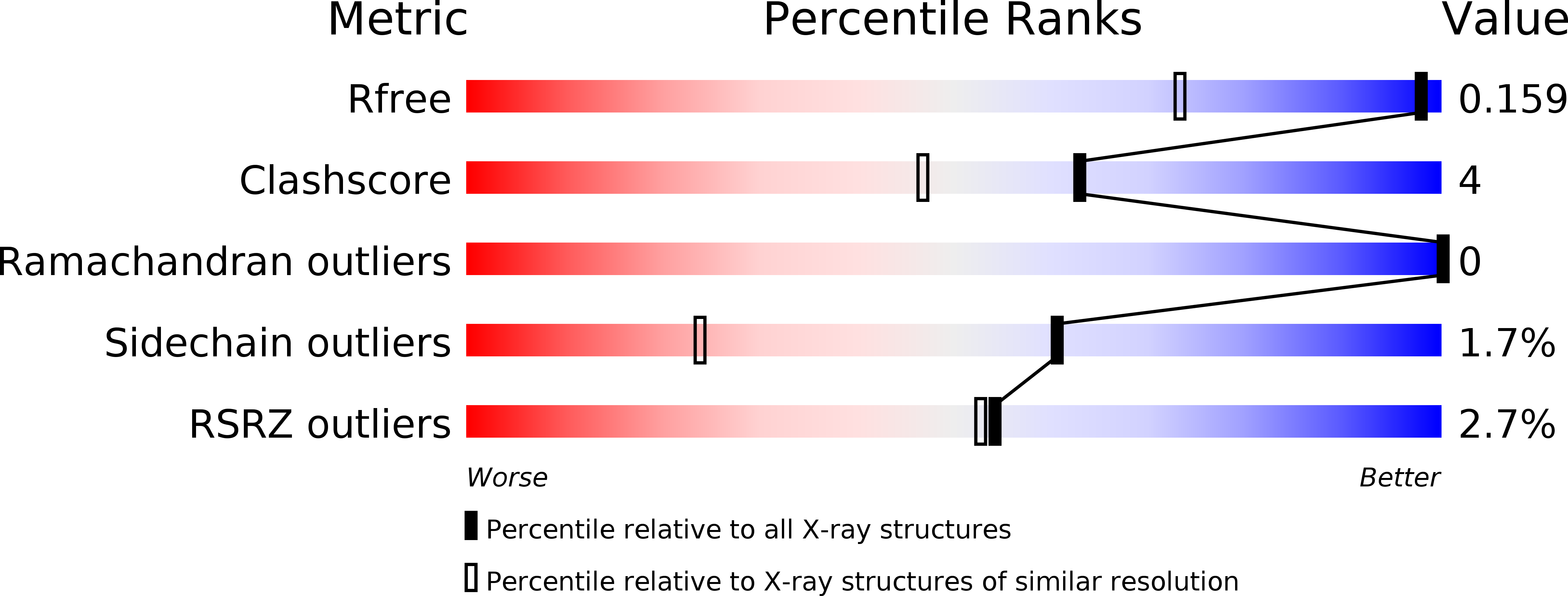
Deposition Date
2007-08-08
Release Date
2008-02-12
Last Version Date
2023-08-30
Entry Detail
PDB ID:
2QVB
Keywords:
Title:
Crystal Structure of Haloalkane Dehalogenase Rv2579 from Mycobacterium tuberculosis
Biological Source:
Source Organism:
Mycobacterium tuberculosis (Taxon ID: 83332)
Host Organism:
Method Details:
Experimental Method:
Resolution:
1.19 Å
R-Value Free:
0.16
R-Value Work:
0.12
Space Group:
P 21 21 21


